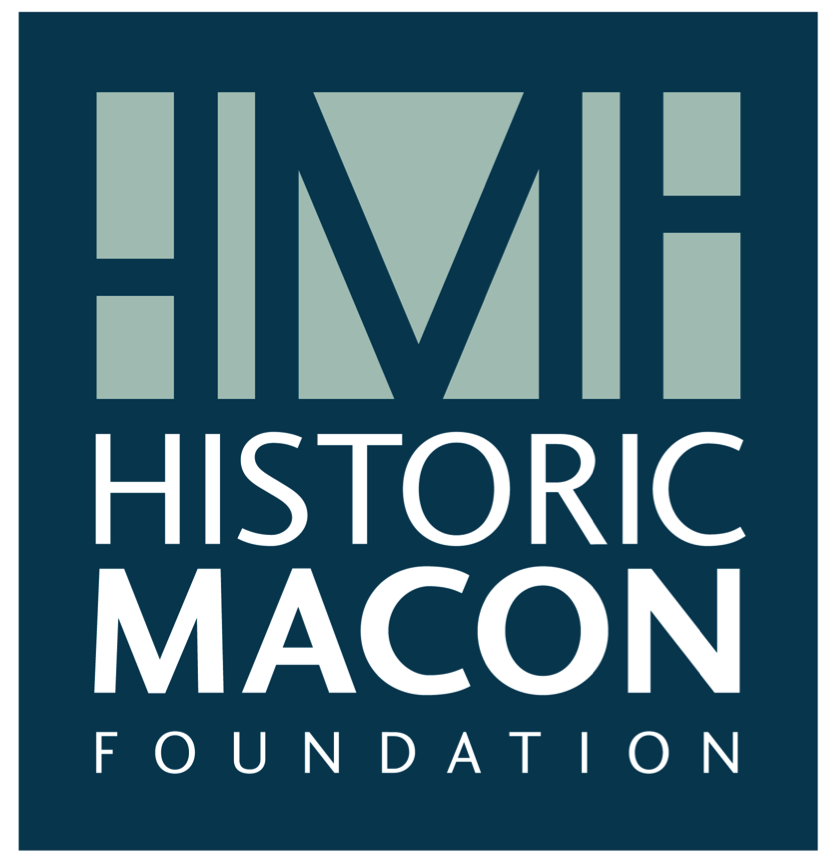Macon has more than 6,000 resources listed in the National Register of Historic Places and 14 designated historic districts. Listing in the National Register recognizes the architectural and historical significance of a district, site or property. Additionally, listing in the National Register makes a property eligible for numerous tax incentives that make the rehabilitation and improvements of historic homes more affordable.
The National Register is a useful tool for preservation but misconceptions exist as to what the National Register does and does not do. The list below answers many of the questions Historic Macon regularly receives regarding what it means for a property to be listed in the National Register.
The National Register of Historic Places DOES:
Recognize properties that are architecturally and historically significant
Many properties contribute to the historical landscape in our community and because of this, deserve recognition for their contribution. Many people want their property to be listed in the register to draw attention to the importance of their property. Historic Macon can help with obtaining National Register designation for a fee. If interested, contact Matt Chalfa at mchalfa@historicmacon.org or call 478-742-5084.
Make properties eligible for state and federal preservation incentives
One of the major benefits of a property or district's listing in the National Register is eligibility for tax credits. Historic Macon provides consulting services for those interested in taking advantage of this program that makes improving historic homes more affordable.
The National Register of Historic Places DOES NOT:
Place restrictions on a property
The National Register of Historic Places places no restrictions on what can and cannot be done to a listed property. Local ordinances may. In Macon, changes made to properties that are listed in local historic districts need to go through an approval process through the Design Review Board and Planning and Zoning Commission.
Regulate paint colors
Again, the National Register places no restriction on what a property owner can and cannot do to a property. Cities like Charleston and Annapolis, for example, have strict local historic districts that regulate paint colors locally. These practices are often attributed to the National Register, but this is not the case.
Protect a property from neglect or demolition
Properties that are listed individually or in a National Register historic district can be demolished. The National Register has no system in place to protect properties from neglect or demolition.
Dictate how a property or building can be restored, rehabbed, or altered in any way
Only local historic ordinances regulate what can and cannot be done to a historic property. The Planning and Zoning Commission and Design Review Board determine what changes can be made to historic properties, only within local historic districts, in Macon.
Provide grants for the restoration, rehabilitation or improvement of a historic building
Though tax incentives are available for properties listed in the National Register, no specific grants are provided by the Department of Interior for historic restoration or rehabilitation projects.

